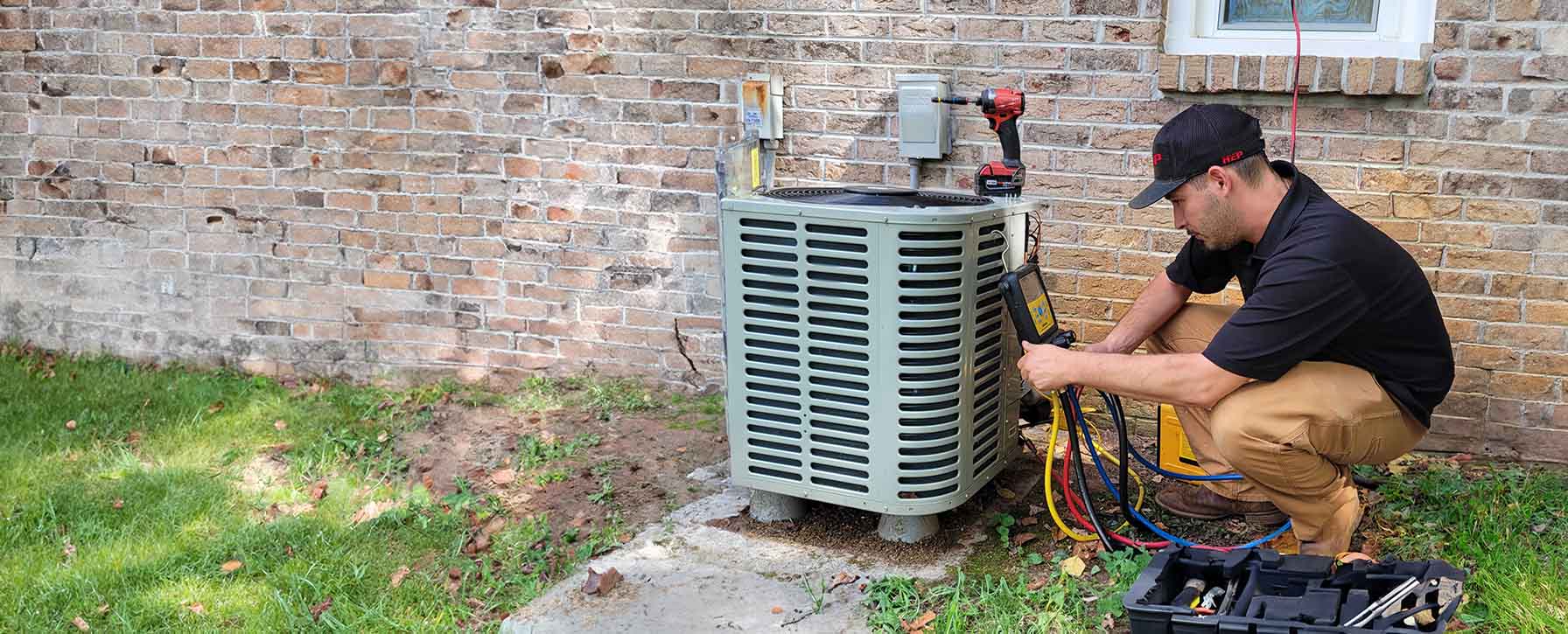

Energy Efficiency
Your trusted partner for professional home services. Quality workmanship, guaranteed satisfaction.




- HEP
- Energy Efficiency
Energy Efficiency | Ventilation and Air Quality | Heating and Air Conditioning | Turtletown
In Turtletown, temperamental mountain breezes and humid summers demand a heating and cooling solution that works smarter, not harder. HEP’s energy-efficient systems blend cutting-edge heat pump technology with precise zoning, wrapping your home in consistent comfort while trimming utility costs. From whisper-quiet furnaces to programmable thermostats, every component is chosen to maximize performance without sacrificing serenity.
But comfort is more than temperature—it’s breathing easy. Our technicians design balanced ductwork, install hospital-grade filtration, and calibrate fresh-air intakes so that ventilation and air quality stay at their peak every day. Whether you’re retrofitting a century-old cottage or building a lakeside retreat, we tailor maintenance plans, rebates, and 24/7 support to keep your Turtletown home healthy, efficient, and ready for whatever the weather stirs up next.
FAQs
What energy-efficient heating and cooling options work best for homes in Turtletown?
Because Turtletown winters are moderate and summers can be humid, heat pumps—especially high-efficiency air-source or dual-fuel (hybrid) systems—deliver the best year-round performance. They move rather than generate heat, cutting electricity use by up to 50 % compared with electric resistance heating, and many offer SEER2 ratings of 18+ and HSPF2 ratings above 9. In older homes with existing ducts, upgrading to a variable-speed heat-pump system is usually the most cost-effective path. For homes without ductwork or room additions, ductless mini-splits provide zoned comfort with efficiencies up to 28 SEER2. When a gas furnace is preferred, choose a 95–98 % AFUE condensing model paired with an ECM (electronically commutated) blower motor to reduce standby losses and fan energy consumption.
How can I tell if my current HVAC system is wasting energy?
Common warning signs include: • Utility bills that keep rising while your usage habits stay the same. • Hot-and-cold spots or humidity swings indicating poor airflow or oversized/undersized equipment. • An outdoor unit that runs almost continuously in summer or short-cycles in winter. • Equipment older than 12–15 years (technology and efficiency standards have improved dramatically since then). • Excessive dust or musty odors that point to leaky ducts or inadequate filtration. A professional energy audit or HVAC performance check in Turtletown will verify system age, refrigerant charge, duct leakage, and thermostat calibration, then quantify potential savings from repairs or replacement.
What indoor air-quality (IAQ) upgrades do you recommend for Turtletown homes?
High humidity and pollen levels make a multi-layer strategy effective: 1. High-MERV (11–13) whole-house media filter or a HEPA bypass filter to capture allergens down to 0.3 µm. 2. Mechanical ventilation—either an Energy Recovery Ventilator (ERV) or supply-only fan tied to the HVAC return—to dilute indoor pollutants without major energy penalties. 3. UV-C lamps in the air handler to inhibit mold growth on coils and drain pans. 4. Smart, ventilating dehumidifiers for crawl spaces or basements to keep relative humidity between 45–55 % year-round. These measures cut contaminants, control moisture, and maintain comfort while adding only modest energy load.
Will sealing and insulating my ductwork really make a difference?
Yes. Up to 30 % of conditioned air can leak through seams or uninsulated ducts, especially in vented attics or crawl spaces common around Turtletown. Professional duct sealing with mastic or aerosolized sealant, followed by R-8 insulation, typically lowers heating and cooling costs 10–20 %, improves room-to-room comfort, and reduces system runtime—prolonging equipment life. The upgrade usually pays for itself within 3–5 years and may qualify for utility rebates or the federal 25C tax credit.
Are there local incentives for upgrading to high-efficiency HVAC equipment?
Yes. Turtletown residents served by TVA or local electric co-ops may be eligible for: • TVA EnergyRight rebates ($150–$500) for qualifying high-efficiency heat pumps or dual-fuel systems. • Low-interest on-bill financing for ENERGY STAR® geothermal or variable-speed equipment. • Federal Inflation Reduction Act 25C tax credits—30 % of project cost up to $600 for an efficient air conditioner or $2,000 for a heat pump, plus credits for advanced controls and insulation. Always verify current program details and have your contractor supply AHRI certificates to ensure compliance before installation.
How often should HVAC maintenance be performed to keep the system efficient and air clean?
Schedule professional tune-ups twice a year—once in spring (cooling) and once in fall (heating). A full service includes: • Checking refrigerant charge and superheat/subcool levels. • Cleaning condenser and evaporator coils for optimal heat transfer. • Testing airflow, static pressure, and duct integrity. • Calibrating thermostats and safety controls. • Lubricating motors and tightening electrical connections. • Replacing or washing filters (monthly checks recommended for homeowners). Regular maintenance preserves efficiency (up to 15 % energy savings), prevents breakdowns, and safeguards indoor air quality by ensuring proper filtration and drainage.